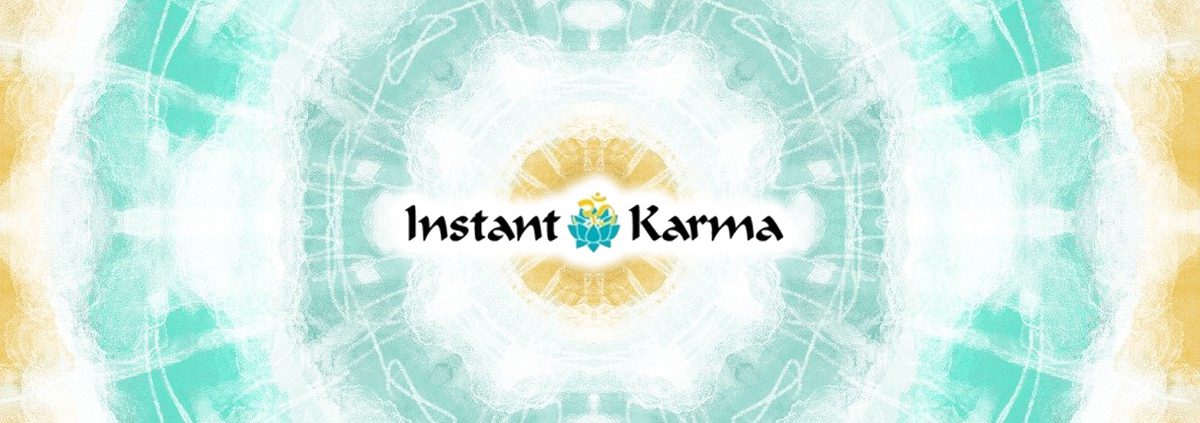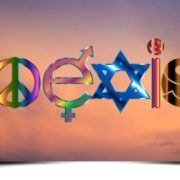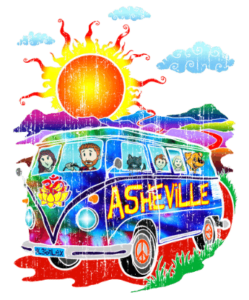The True Meaning Behind Halloween
Ah, it’s October and many people are anxiously anticipating the joy of fall weather and the buildup to the Halloween festivities. Halloween is a much-loved holiday throughout many countries of the world. It has taken its shape from a long line of beliefs and traditions from many cultures.
Our modern version if a hodge-podge of different pieces from those ancient times, but is now a largely secular holiday. For many however, Halloween, also known as Samhain (prounounced Sow – in), is a spiritual celebration with great meaning.
What is Samhain?
Samhain is a festival that marks the end of the harvest and the beginning of winter. It is celebrated from October 31 to November 1 from sunset to sunset. It is a traditional Gaelic festival, mentioned a lot in early Irish literature.
During this time, the cattle were brought down from the pastures and slaughtered to prepare for the winter ahead. Bonfires were lit and people and animals passed between them as a cleansing ritual. It was believed that during this time, the spirits of the dead were nearest to us, and that the doorway to the other world would briefly open, allowing the souls of the departed to reenter briefly.
Large feasts were held to celebrate the harvest and the souls of deceased loved ones were summoned to attend. During this time, people also took steps to prevent harm from evil spirits. Later, Samhain came to be known as the Celtic New Year and was linked to All Souls Day, the Christian holiday used to remember and honor the dead.
Today, Samhain is still celebrated as a festival, primarily by Celtic neopagans and Wiccans. Not only is it a time to reconnect briefly and honor those who have gone before; it’s also the celebration of a fresh start and new beginnings. It is a time to honor the seasons and cycles that form the natural rhythm of life and to express gratitude for the abundance of the harvest.
Although today’s Halloween is primarily a secular holiday that focuses on costumes, pumpkin carving and trick-or-treating, they too all have their roots in ancient tradition. Because it was believed that spirits wandered the Earth at this time, costumes were worn to confuse the spirits and keep unwanted visitors at bay.
In Ireland, turnips were hollowed out and a candle was placed in them. This was to discourage passing ghosts from entering the home, while lighting a path for them to follow. It was believed to ward off evil. During the potato famine, many Irish relocated to America and carried this tradition with them, instead using native pumpkins and the now famous tradition of pumpkin carving and “Jack-O-Lanterns” was born.
Trick-or-treating itself is not new. It has its origins in medieval Europe. On All Souls Day, children would go door to door asking for gifts of food in exchange for saying prayers for the dead.
The fun customs we enjoy today have their roots deep in within the traditions of many centuries ago. No matter how you celebrate; it is interesting to ponder the rich history of the holiday and how it connects back through so many centuries and cultures. As you engage in your Halloween festivities this year, stop for a moment and reflect a bit on the history that has brought us to today. It is a day to honor those ancestors who have passed before us and what better way than by keeping tradition alive.








